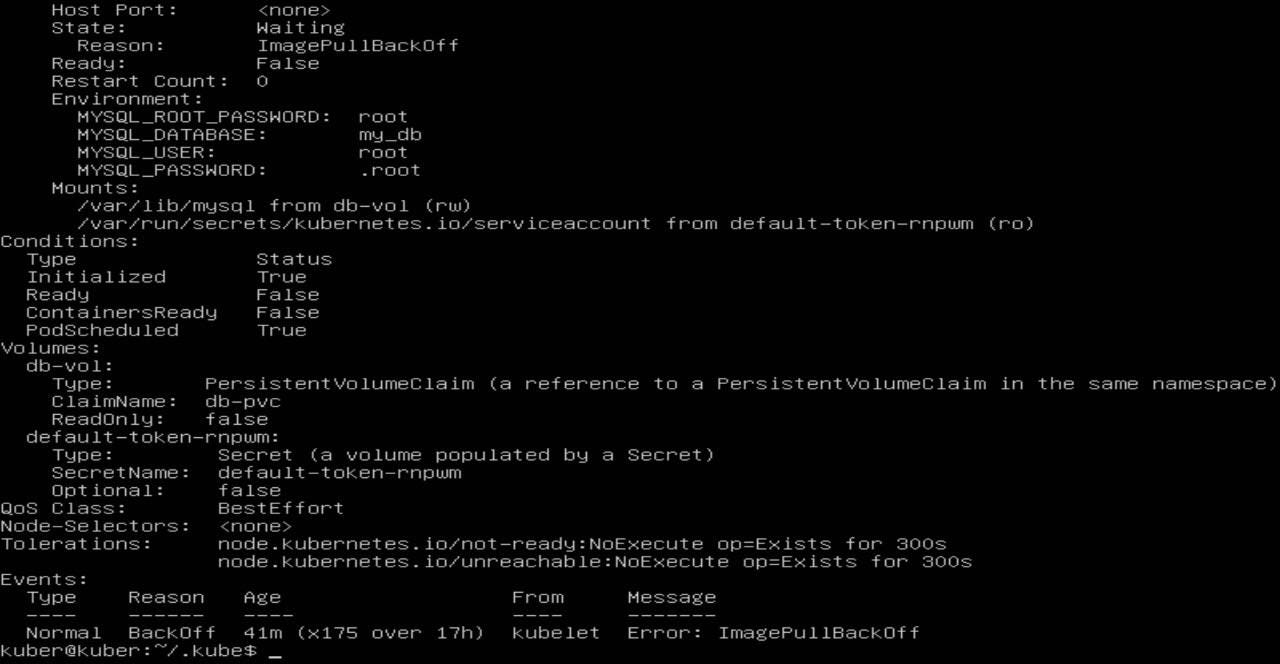Platform Engineering #3: Designing an Excellent Developer Experience
Learn to design an excellent Developer Experience for your developers.
Hey Folks 👋,
I'm Romaric Philogene, CEO and co-founder of Qovery, and in this third post on my Substack. In my previous post, we explored the developer's journey and how treating developers as customers can improve the way we build and maintain software platforms. Today, we’ll get into a critical aspect of this journey: The Developer Experience (DX or DevX).
The process of designing an excellent DX starts by listening to the needs of your developers.
What is Good an Excellent Developer Experience?
Excellent DX is more than just a buzzword; it's the heartbeat of efficient and enjoyable software development. It encompasses ease of use, efficiency, intuitiveness, and reliability. Understanding the developer's workflow, identifying pain points, and consistently incorporating feedback are crucial in shaping a positive DX. It's about making developers feel empowered and not encumbered by the tools and platforms they use. Otherwise, why should they use your platform? 😅
Designing an Excellent Developer Experience
The process of designing an excellent DX is iterative and deeply collaborative. It starts by listening to the needs of your developers, understanding their day-to-day challenges, and then designing solutions that address these issues effectively. In this process, collaboration between various teams — DevOps, SRE, and developers — is vital to ensure a comprehensive approach.
Take Qovery as an example. It exemplifies how features like ephemeral environments, seamless integration with existing CI/CD pipelines, and automated security checks can significantly enhance DX. These features not only streamline the development process but also ensure that the developers focus more on creating and less on understanding and managing infrastructure.
Avoiding Common Pitfalls
However, the path to creating a great DX is fraught with challenges. Common mistakes include over-complicating the platform, inadequate documentation, and neglecting user feedback.
[..]the ultimate goal is to empower developers, not overwhelm them
One significant pitfall is losing sight of the fact that simplicity is key. Here are some concrete examples of common pitfalls and how to avoid them:
Over-Complexity: A platform crammed with features can become overwhelming 🤯. For example, a deployment tool with a complicated configuration process might deter developers. Instead, focus on simplifying workflows. Think of Apple's design philosophy where simplicity and intuitiveness are at the forefront.
Neglecting Documentation: Consider a scenario where a developer encounters a well-designed tool but with sparse documentation (yes your platform need to have documentation - don’t forget, your developers are your internal “customers”). This can lead to frustration and a decrease in productivity. Regularly updated, clear, and comprehensive documentation is as crucial as the tool itself.
Ignoring Feedback Loops: A classic example is when user interface changes are made without consulting the end users. This can lead to features that are more of a hindrance than a help. Continuously engaging with your developers and integrating their feedback ensures that the platform evolves in alignment with their needs.
Poor Error Handling and Reporting: Imagine a scenario where a developer is left clueless by vague error messages during deployment.
Providing clear, actionable error messages can significantly improve the DX by reducing troubleshooting time and frustration.
Lack of Integration: A tool that doesn't integrate well with existing ecosystems can disrupt workflows. An example is a monitoring tool that doesn't integrate with commonly used logging systems, creating silos of information and hindering effective monitoring.
By being mindful of these examples and actively working to avoid such pitfalls, you can significantly enhance your Developer Experience, ensuring it's not just good, but excellent - which will ultimately help to get a better developer adoption of your platform.
Key Takeaways for Frictionless DX
To sum up, the core principles for a good DX are simplicity, efficiency, customization, and continuous improvement. The aim should always be to keep the developer's perspective in focus and to remember that the ultimate goal is to empower developers, not overwhelm them.
Conclusion
As we continue on this journey of improving DX, I invite you to share your experiences and challenges. Have you faced any specific hurdles in improving DX within your organization? What strategies have you found effective?
Let's revolutionize Platform Engineering by putting developers first. Subscribe now to join me on this exciting journey!



